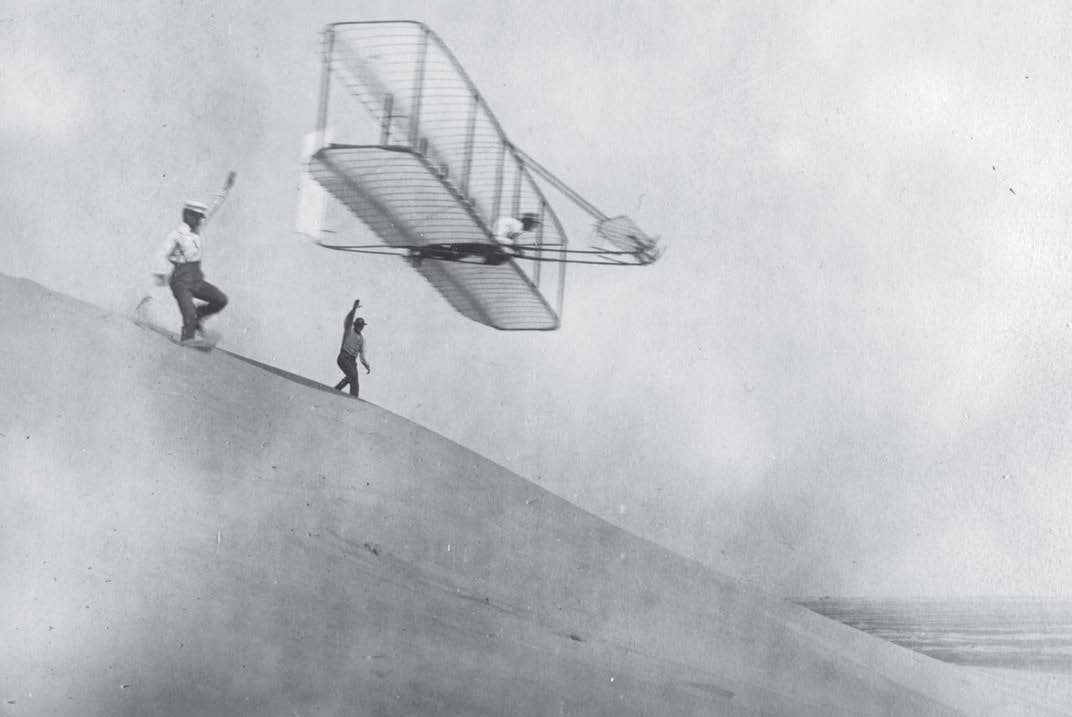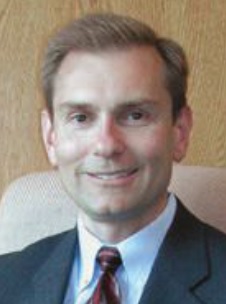Lessons from the Wright Brothers
Edward P. Salek, CAE, Executive Director | TLT Headquarters Report August 2015
The journey of these two industrious young men from Dayton, Ohio, still rings true today.

Like Wilbur and Orville Wright, seek out and question leaders in your technical area. You never know where it will lead.
MY SUMMER READING LIST has included The Wright Brothers, a new book by Pulitzer Prize-winning author and historian David McCullough. In 368 pages he tells the story of Wilbur and Orville Wright, the brothers from Dayton, Ohio, who went from running a bicycle shop to becoming world-famous aviation pioneers.
One of the best aspects of the book is McCullough’s ability to give the reader insight into the many small details in the Wright Brothers scientific and engineering journey. When taken together, these details got me thinking about the connection between the story of Wilbur and Orville Wright and the world of science and engineering more than 100 years later.
The connection is illustrated by three prominent anecdotes from the McCullough book involving the familiar activities of mentoring, technical presentations and publishing and practical experience. All three of these activities are as relevant to STLE members working in the 21st century as they were to Wilbur and Orville at the very beginning of the previous century.
Anecdote No. 1 involves an exchange between Wilbur Wright, the older of the two brothers, and Octave Chanute, an American civil engineer and another early aviation pioneer. Based on Chanute’s well-established reputation, Wilbur reached out to him in a letter seeking his advice on questions such as the best locations in the U.S. to conduct glider experiments. This outreach took some moxie on Wilbur’s part, because he was 35 years younger than the widely recognized and respected Chanute.
The response was more than Wilbur could have imagined or expected. Chanute replied to his letter with helpful advice and became very much of a mentor to the Wright brothers. The mentoring process included a Dayton visit with Wilbur and Orville to offer personal advice.
Lesson learned: Don’t be afraid to ask questions of leaders in the field. You are likely to get both valuable direction and the benefits of having a powerful mentor to guide your career.
Chanute’s mentoring of the Wright brothers also included guidance on how to publicize and communicate about their work to the broader engineering community. He advised the brothers that progress in science is always best served by everyone working openly together. Somewhat ironically, the relationship with Chanute eventually became a bit strained when, in the brothers’ view, he began to exaggerate his role in their discovery process.
Nevertheless, to put that initial advice into practice, Chanute invited Wilbur to address a meeting of the Western Society of Engineers in Chicago in September 1901. There were about 50 members present for a session where Wilbur used a “magic lantern”—a sort of crude LCD projector—to show photographs of the gliding experiments he and Orville conducted at Kitty Hawk, N.C., between 1900 and 1902.
Writes McCullough: “The speech Wilbur delivered, modestly titled Some Aeronautical Experiments, would be quoted again and again for years to come. Published first in the society’s journal, it appeared in full or part in The Engineering Magazine, Scientific American, the magazine Flying, and the Annual Report of the Smithsonian Institution. In the words of a latter-day aeronautics specialist at the Library of Congress, the speech was ‘the Book of Genesis of the 20th Century Bible of Aeronautics.’”
The third anecdote recounted by McCullough is built around the methodology used by Wilbur and Orville in their work. It demonstrates the importance of practical, hands-on experience, a principle reflected in the requirements that are attached to all of STLE’s professional certification programs.
In the Wright brothers’ work, field experiments meant risking their respective lives flying gliders on the Kitty Hawk shoreline in sometimes adverse conditions. But it was the direct experience of flight that resulted in the team realizing that the accepted thinking of the day regarding a critical lift equation was incorrect and the source of their failures in several types of wing design. The result was a breakthrough in knowledge that enabled them to modify the wing design using correct assumptions.
If you enjoy gaining insights into the lives of great pioneers, check out The Wright Brothers. And if you’re searching for a place to have an equally satisfying professional support and growth experience, rely on STLE.
 You can reach Certified Association Executive Ed Salek at esalek@stle.org
You can reach Certified Association Executive Ed Salek at esalek@stle.org.